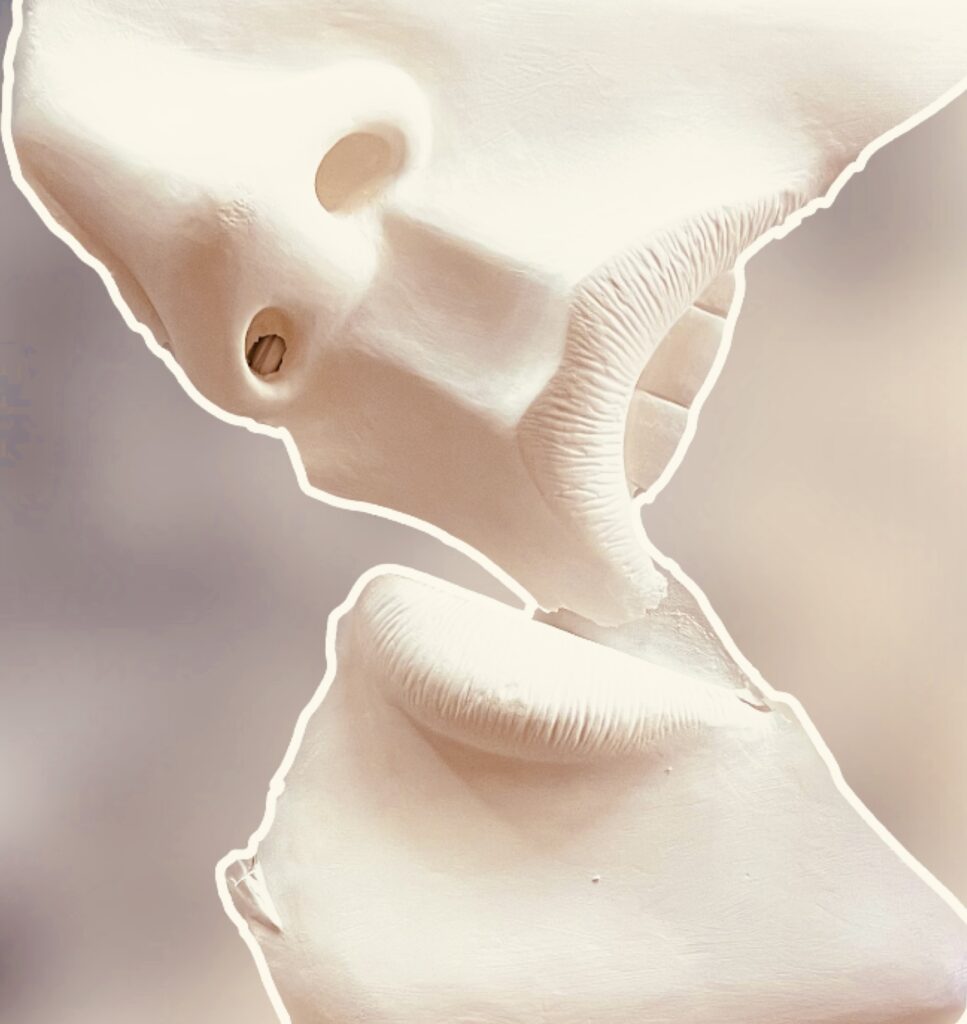Making the Ordinary Extraordinary!
Original Handmade Bas Relief Decorative Art
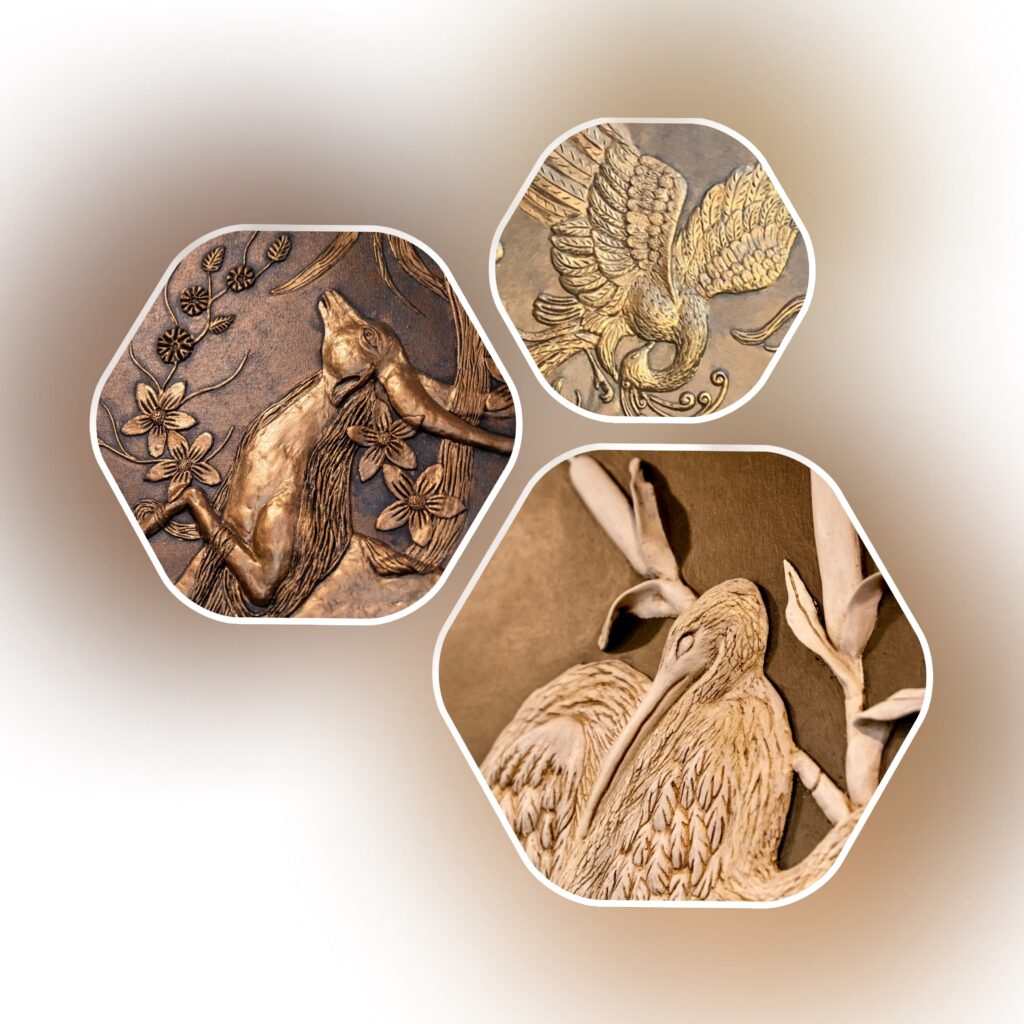
Featured Collections
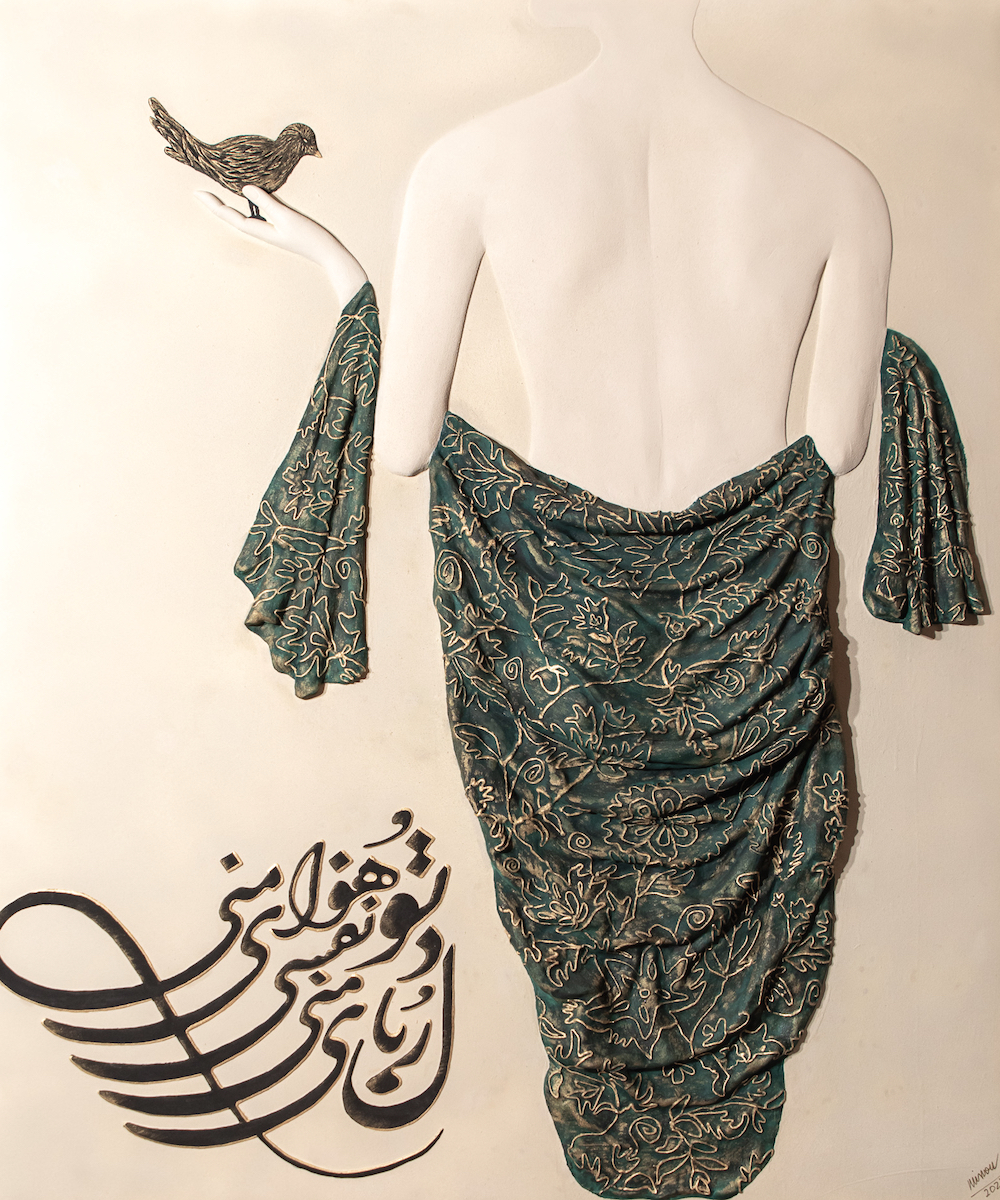
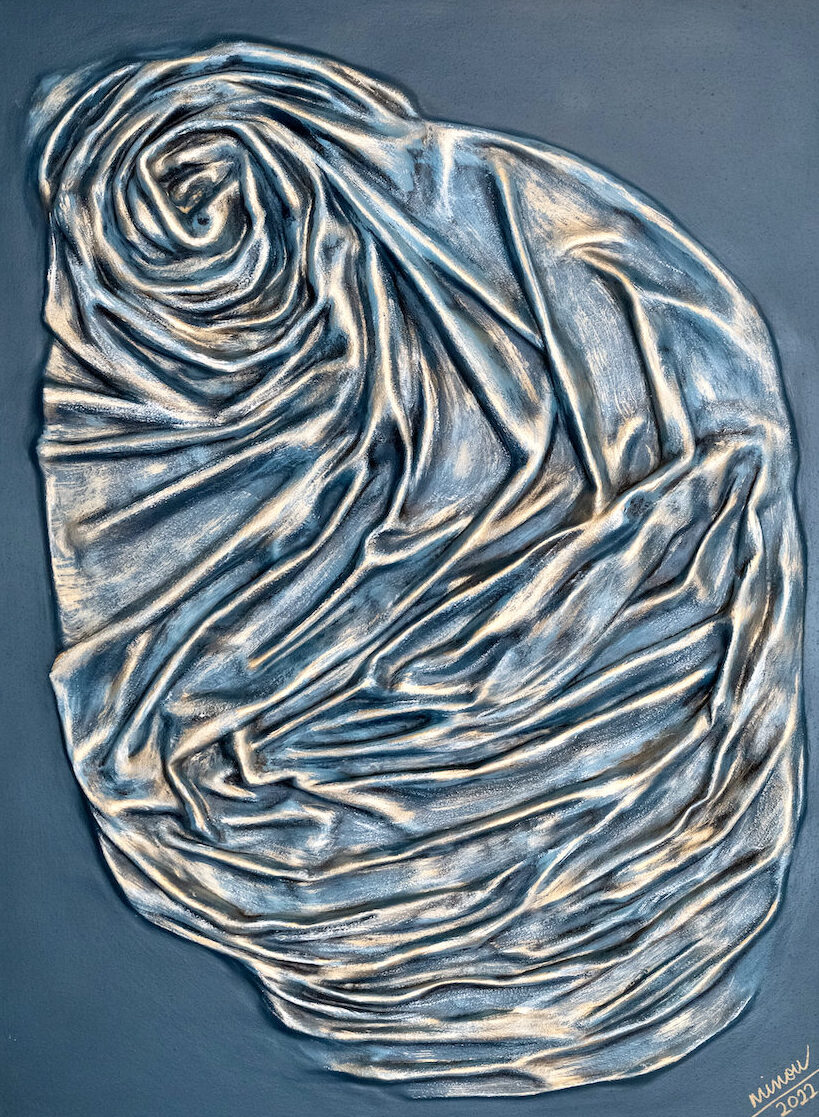
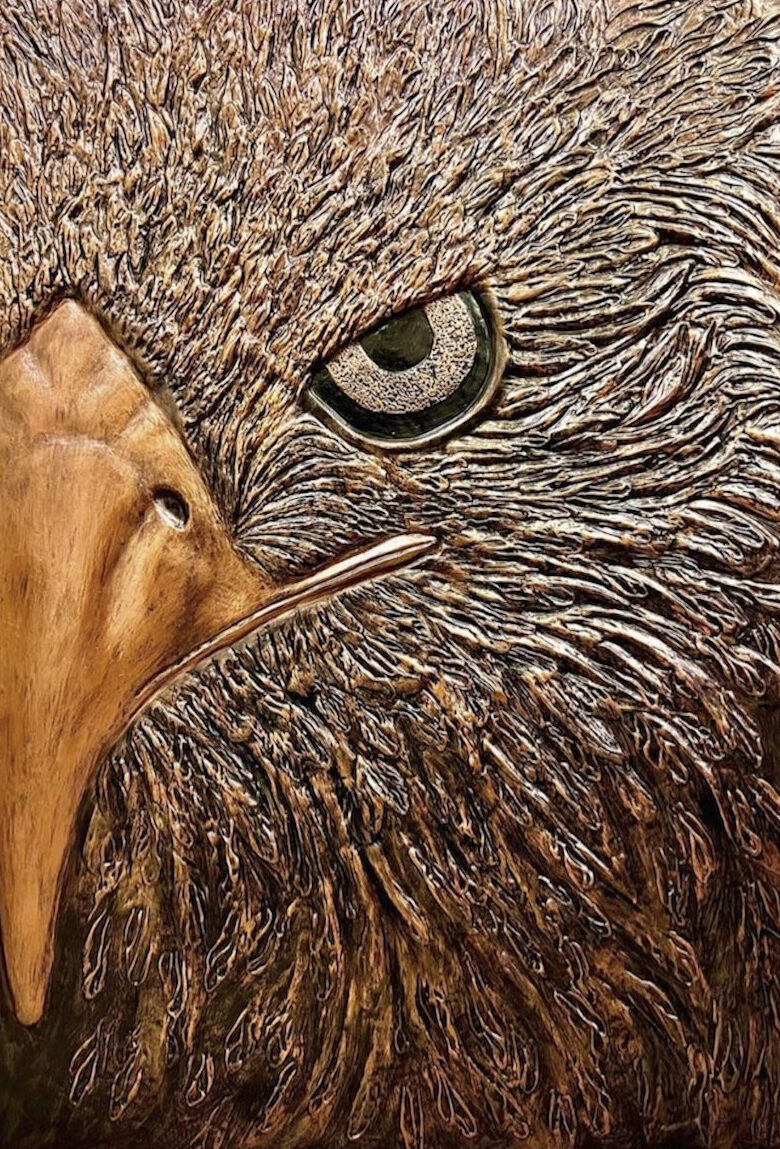

Meet the Artist
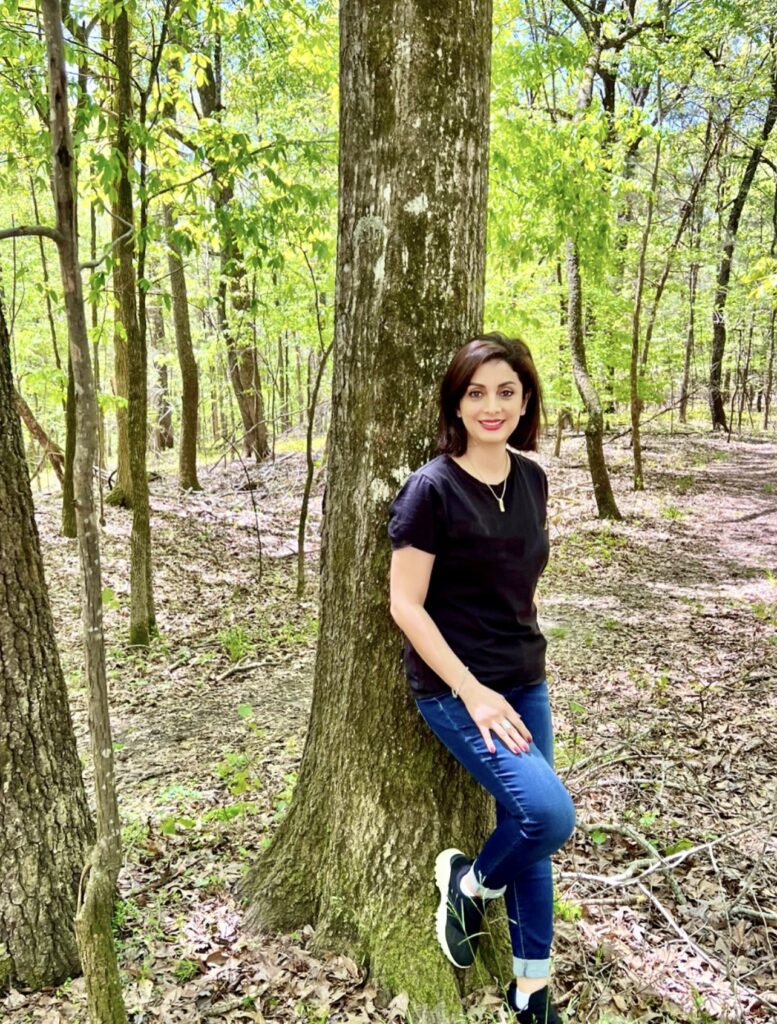
Minou Rabiei, a new artist in the realm of bas relief sculpture, combines her passion for engineering and her insatiable love for art to create stunning and unique masterpieces. By day, she immerses herself in the world of academia as a university professor of engineering and during her spare moments, she delves into the realm of artistic expression through the intricate techniques of relief sculpting. With a background outside the realms of traditional art, Minou brings a unique perspective to her craft. Her creations emanate a profound sense of depth, inspiring viewers and evoking a touch of romance within their souls. Drawing inspiration from the enchanting realm of Persian miniature painting, her works showcase a delicate intricacy that seamlessly combines engineering precision with artistic finesse. Each sculpture serves as a gateway to captivating worlds filled with symbolism and allure, transporting observers to ethereal realms.
Bas relief technique
Bas relief sculpting, also known as low relief sculpting, is a form of sculpture where the figures or designs are carved or modeled in shallow depth from a flat surface. Unlike sculptures that are fully three-dimensional, bas relief sculptures project only slightly from the background. This technique creates a sense of depth and dimensionality while maintaining a close connection to the surface it is carved on. Various materials can be used for bas relief sculpting, such as stone, wood, clay and plaster depending on the artist’s preference and the desired effect. The process of creating a bas relief sculpture involves several steps. The artist first conceptualizes the subject matter, composition, and overall design of the sculpture. This can involve sketching, creating a maquette (small-scale model), or using digital design tools. The chosen material is prepared by smoothing or roughening the surface to provide a suitable canvas for the sculpture. The artist then begins by creating a basic outline or silhouette of the figures or elements in the design. This is typically done by lightly carving or modeling the general shapes. The artist gradually adds depth and dimension to the relief, carefully carving or modeling the finer details, textures, and contours of the figures. Tools such as chisels, rasps, or sculpting knives are commonly used in this stage. The sculpture is refined further, smoothing the surfaces, refining the details, and adding any additional elements or textures as needed.
